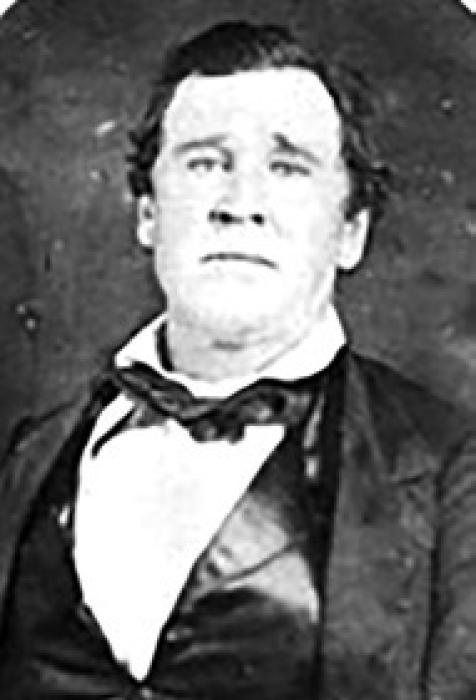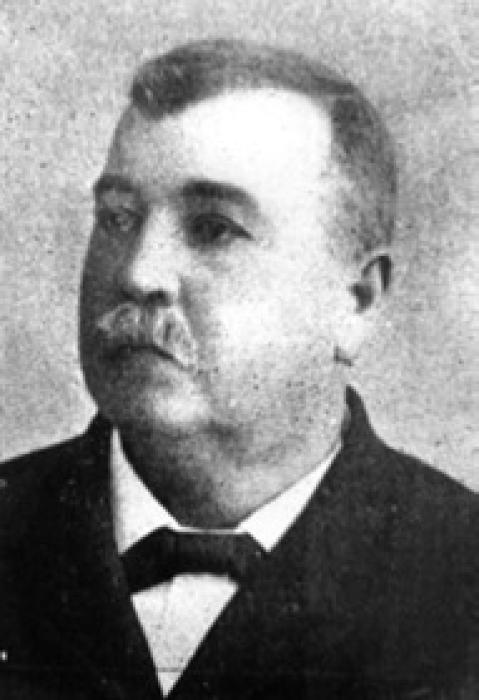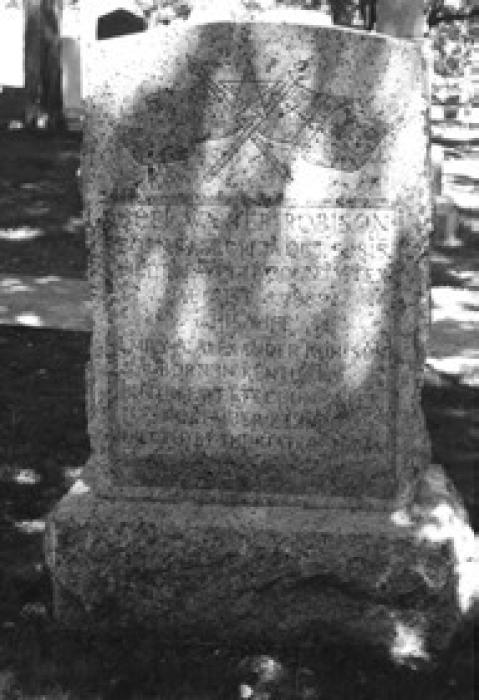St. James’ Episcopal Church of La Grange and the Record have just published a book on the role in the history of our county of the iconic church across from HE- B. This is an excerpt from the book. It tells the story of a family instrumental in the founding of our county as well as the church.
Neal Robison was a dedicated leader in the St. James’ family. He served as Junior Warden (1887 to 89) in a decade in which other local key leaders in the church held that office: G.W. Sinks, before and Peter Faison and Julius Meyenberg, after.
The Robison saga starts with Neal’s grandfather, John G. The elder Robison came with his son Joel (Neal’s father) to Fayette County from Georgia via New Orleans. He brought with him his slaves as indentured servants and was awarded a league on the west side of Cummins Creek.
In 1832 he and his son Joel played pronounced roles in the Battle of Velasco, the first skirmish of what was to become the Texas Revolution. The Robisons and their fellow Fayette County citizen, Cpt. W.J. Russell, were in the militia’s vanguard that decisively defeated the Mexican forces led by Col. Domingo de Ugartechea, commander of the Mexican fort at Velasco, and his 100 or so soldados. This crucial victory by the volunteer Texian Militia, as they were called, inspired the colonists.
John G.’s grandson, Neal was elevated to the St. James’ vestry in 1885, a crucial year in the church’s history: the year of the construction of the church building. One assumes Neal’s father, Joel, visited the little Episcopal Church since his son was so prominent there. Joel Robison was very much alive at the time––he died in 1889––and living close by, in Warrenton.
One cannot say the same of the grandfather. John G. had become a prominent leader in the Republic of Texas, elected to the First Congress in 1836. But in November of that year, he and his younger brother Walter were killed in a skirmish with a band of Comanche warriors on the outskirts of Warrenton. It was his son, Joel (Neal’s father), who made the gruesome discovery of the mutilated bodies, revealed to him by a kettle of circling vultures.
Earlier that year, Gen. Sam Houston’s troops, including Joel Robison and 50 other Fayette County militiamen (along with future St. James’ members Lancelot Abbotts, John and William Burnam, and J.H. Kuykendall) crushed Gen. Santa Anna and his army in an 18-minute battle at the San Jacinto River, ending the Texas war of independence.
Joel Robison would later tell the tale of how he, a private in Capt. W.E.J. Heard’s company on April 22, 1836— the day after the decisive battle–– showed compassion on an enlisted Mexican soldier struggling to walk on a forced march into captivity after the Texas Militia victory. Robison claimed he hoisted the piteous soldier onto the croup of his horse and bore him all the way. Upon entering the garrison, the Mexican troops eyed the wretched but disguised prisoner and immediately shouted adulations towards Private Robison’s passenger, General Antonio López de SantaAnna.
Copies of the book are available via a $20 free-will donation. Contact Cathy Sterman at (979) 968-3910 or Jim Austin at austinjw33@hotmail. com.





